The compact county of Buckinghamshire is often unfairly labelled ‘commuter country’, but it’s better described using the superlatives of Roald Dahl, who lived in this swizzfigglingly flushbunkingly gloriumptious corner of Britain.
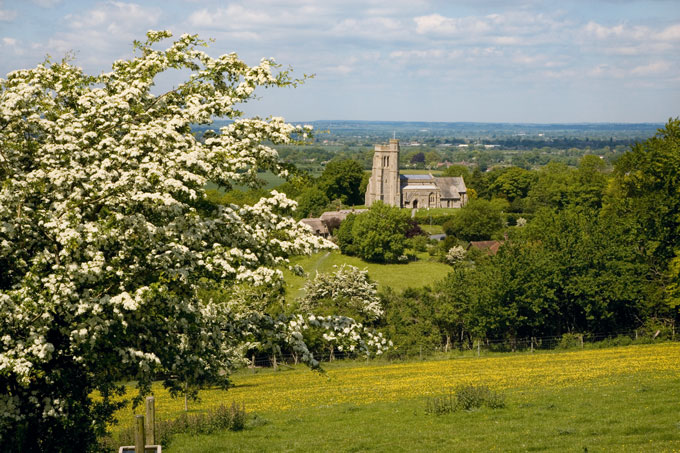
Just to the west of London, lies one of England’s smallest counties. With its delightful collection of tidy towns, immaculate villages, rolling hills and curiously large concentration of country houses, tiny Buckinghamshire certainly has a big heart. The county is long and slim and surrounded by a bevy of similar sized neighbours – Hertfordshire, Berkshire, Bedfordshire, Northamptonshire and Oxfordshire. It has played its part in national history and several of the country’s greatest characters have dwelt within its boundaries – it was famously home to our most-cherished children’s author, and it has more than its fair share of myths and legends too.
We begin with what is very likely a myth, a delightful tale set in Bulstrode Park near Gerrard’s Cross in the south of the county, which boasts the remains of a large hill fort. After the Norman Conquest, the fort held out against the invaders and the lord of the manor and his seven sons routed them by charging, mounted on bulls. They then bestrode their bulls to William the Conqueror’s court. The King was so impressed that he let them keep their property and granted them the name Bulstrode. Another hill fort is Cymbeline’s Castle near Great Kimble. According to legend, if anyone runs around it seven times, they will meet the devil. Perhaps brave or foolhardy souls might wish to experiment to discern the truth.
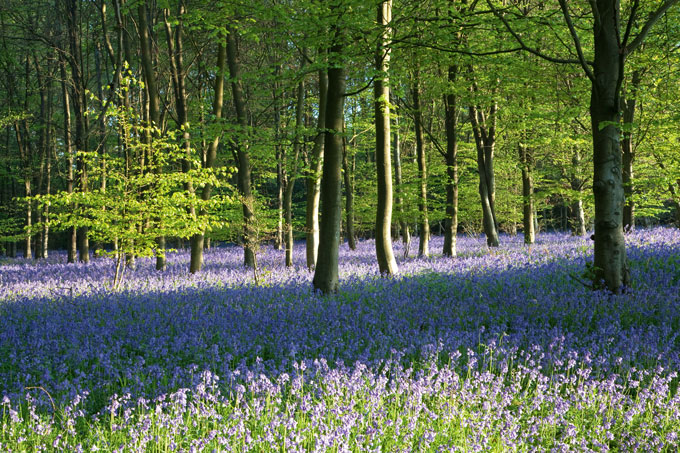
The Canterbury Tales pilgrims are well known, but there were other centres of pilgrimage in Medieval England. One was at North Marston, a small village located between the towns of Aylesbury and Buckingham. Sir John Schorne was rector there between 1290 and 1314. He was revered as a saint, though never canonised. He caused a spring to appear (it is still there and known as Schorne’s Well). Drinking from the spring was said to heal gout, ague and other diseases and even the common cold. The coming of the reformation put paid to all this, however.
Buckinghamshire also has its share of ghosts. Hambleden Valley, just to the west of Marlow, is the haunt of Mary Blandy, hanged in 1752 for poisoning her father at her lover’s bequest in the previous year. Her ghost on a white horse has been seen. She has also allegedly been sighted on the road to Dolsden Farm. When a play was performed about the story, doors closed and opened, lights went on and off, and all supposedly without human intervention.
Whilst not strictly supernatural, Buckinghamshire boasts the Hell Fire Caves, in West Wycombe. Although there are ghost stories associated with the caves, their claim to infamy lies elsewhere. Sir Francis Dashwood, once Chancellor of the Exchequer and owner of the nearby West Wycombe House, caused the caves to be hollowed out of a nearby hill in the mid eighteenth century as a cure for local unemployment. His aims were not wholly altruistic, though. The quarter mile of tunnels and caves also provided an excellent and discreet venue for social occasions with fellow libertines such as John Wilkes and Benjamin Franklin, both radical politicians. It is rumoured that immoral parties were held there under the auspices of the Hell Fire Club. Yet no one knows what really happened there. The caves are now well worth a visit.
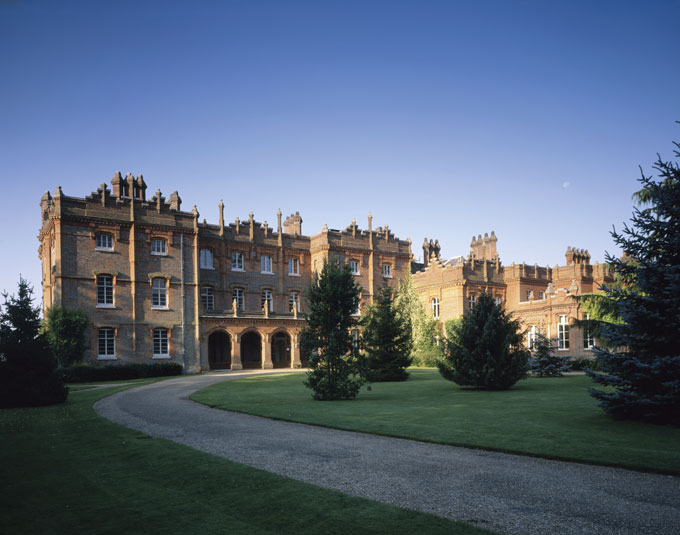
Radical politicians in Buckinghamshire were not always debauched. John Hampden, a leading Parliamentarian in the struggle for power against Charles I in the seventeenth century and a county MP, was one. He lived in Wendover and led the protest against the Ship Tax in the 1630s. He also had an active part in the ensuing civil war. This led to his death in the skirmish at Chalgrove Field in 1643. A statue to him was erected in Aylesbury. Another opponent of the same tax was the rector of Great Kimble’s church and this is commemorated in the church there.
Another seventeenth century Buckinghamshire radical was John Milton. His life and work is commemorated at his former residence in Chalfont St Giles, where he finished writing Paradise Lost and began Paradise Regained. This is open to visitors (purchased for posterity in 1887 to mark Queen Victoria’s Golden Jubilee) who can see numerous memorabilia of the great man of letters who was another supporter of the Great Rebellion. Another rebel was Mrs Pankhurst, whose ‘country house’ was at 14 Ivy Lane in Stewkley, a fine old Tudor building.
More influential than any of these was Benjamin Disraeli, Queen Victoria’s favourite Prime Minister. Disraeli had Hughenden Manor, now a National Trust property and near Beaconsfield, as his country house. Unlike his great rival, Gladstone, who had a penchant for felling trees, it is pleasing to read that Disraeli, in fact, liked planting them.
Talking of prime ministers, we should mention that Chequers is within Buckinghamshire and lies close to the historic market town of Wendover. It was during the First World War that a noble-spirited benefactor realised that prime ministers of the future might not possess a country house in order to have a retreat for both domestic use and for entertaining foreign dignitaries. Chequers was then bequested to the nation.
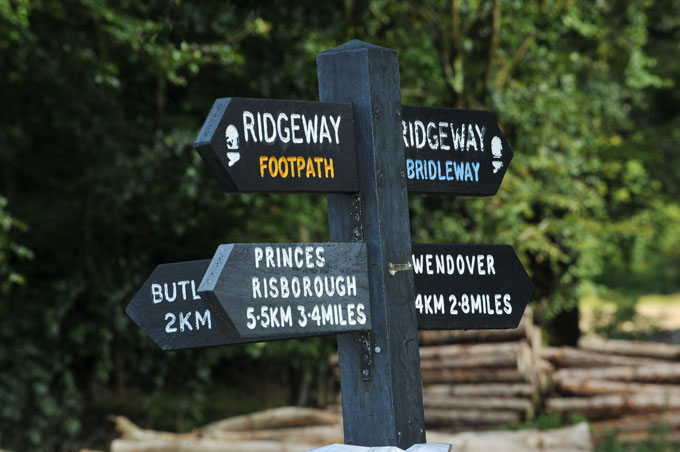
Another country house that has been the centre of politicking and scandal is Cliveden. This nineteenth century house is the third on the site and was once the property of the most well known female MP between the two world wars, the American born Nancy Astor. After her time it was where John Profumo, MP and Minister for War, met a young Christine Keeler and their association was to lead to disgrace for him in what became known as the Profumo affair of 1963. The house and very extensive grounds is now owned by the National Trust; the former is now a very exclusive hotel. The grounds – where ‘Rule Britannia’ was first performed – are truly scenic and include a maze and play park for children.
Although there are no royal palaces in the county, country houses here have entertained royalty. Perhaps one of the oldest is Chenies Manor, once used as a base for hunting by Edward I. Much of the present building dates to the fifteenth century. In the sixteenth and seventeenth centuries it was the principal seat of the Russell family. They entertained Henry VIII and Elizabeth I, and it was here that Katherine Howard was detected in adultery with Thomas Culpepper (both subsequently lost their heads). Charles I was later an involuntary guest when he was captured after the Civil War. Though still in private hands, this house, with its exquisite gardens, is open to the public.
Another royal connection is that Princess Victoria, an unmarried grand-daughter of Queen Victoria lived in Iver from 1925 to her death ten years later. She was president of the local Horticultural Society.
The county has few castles. One that still stands and can be visited is at Buckingham. This small town was once the county town in the Middle Ages. As with most county towns, it needed somewhere to hold miscreants prior to their trial and punishment. The squat castle in the town’s centre is testament to this need. It is now open to the public and houses the town’s information centre, too.
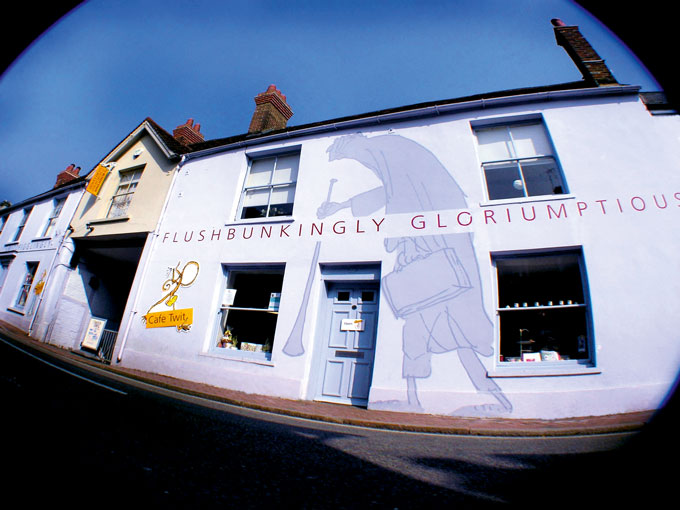
As with most counties near London, it has its fair share of associations with the film and TV industry. Foremost must be Pinewood Studios, Iver, which is forever associated with the Carry on Films and the James Bond films past and present. Midsommer Murders is largely shot in the county. The opening sequences of the Margaret Rutherford Miss Marple films were filmed in Denham. Two of the pubs in Old Amersham featured in one of Britain’s most successful films, Four Weddings and a Funeral (1994). Copstone Mill at Fingest appears in Chitty Chitty Bang Bang.
Much has already been written about the county’s great houses. But humbler dwellings of the past also exist. One of the best places to see their interiors and exteriors is at the Chiltern Open Air Museum near Chalfont St. Giles (a visit there could be combined with Milton’s house). Numerous buildings from the eighteenth to the twentieth century, domestic and agricultural, have been rebuilt there. There is also a toll-house, a Victorian school house and an iron church. Living history displays and re-enactments are frequently staged at weekends. On a smaller scale there is Beaconscot, near Beaconsfield, which is a miniature replica of an English village as it would have been just prior to World War Two.
War has had a limited direct impact. Yet there were a number of skirmishes in the civil wars of the seventeenth century. The Royal Standard of England pub at Forty Green was the headquarters of the royalists during the fighting in the nearby woods. Sir Edmund Verney of Claydon House (a National Trust house and one frequently visited by Florence Nightingale) was killed fighting for Charles I at Edgehil in 1642. Of more recent vintage is the South African War Memorial at Wendover, situated about two miles from the town. It commemorates the men of the county who were killed in the Second Boer War of 1899-1902. It is sited where the visitor can see the county for miles around.
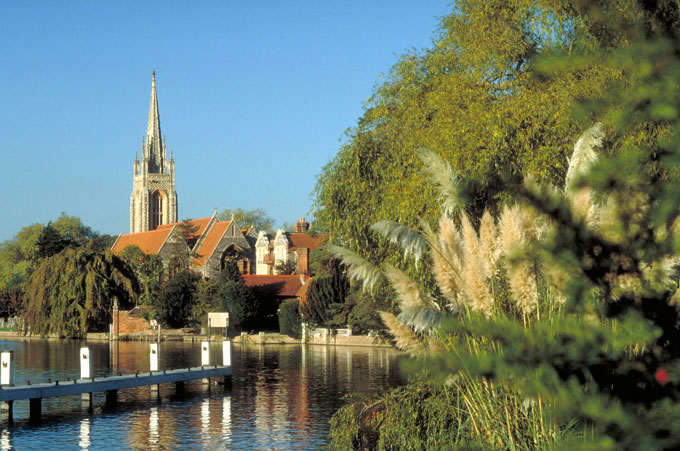
The county’s best-known school is Stowe, once a country house but following the First World War became a leading boarding school for boys (now admitting girls). Whilst the house, dating mostly from the eighteenth century, is undoubtedly grand, it is the grounds that are even more impressive. It is said that the grounds, designed largely by ‘Capability’ Brown, are the birthplace of the quintessential English landscape gardening. The grounds are owned by the National Trust and are open to the public.
We have already mentioned one of the county’s great literary figures, but at least two others stand out. One was Thomas Gray, the poet, well known for his Elegy in a County Churchyard. It is believed that Gray wrote his masterpiece in St Giles’s Churchyard in Stoke Poges in 1750, where his tomb can now be seen. A more recent figure is Roald Dahl, known for both his skill as both a writer for children and adults. His life and work is commemorated at the Roald Dahl Museum and Story Centre at Great Missenden.
Finally there are the geographical beauties which owe much to both nature and to the common sense of those people who saw fit to preserve them. Among the foremost are the Burnham Beeches, over four acres of woodland owned and preserved by the Corporation of London since the late nineteenth century, but open and free to all to access. The range of hills and valleys known as the Chilterns are another of Buckinghamshire’s picturesque attractions. Its southern portion borders the Thames and boasts one of the most delightful of the small Thames side towns, Marlow, from which river-side walks on the northern banks are possible. In the summer there is the Marlow regatta. Bourne End is another pretty Thameside village worth visiting.
Buckinghamshire is not merely the county one passes through on the way to or from London. It has much to recommend itself to all those who delight in historical associations and scenic beauty.
Related articlesBritain’s literary legacy
|
Click here to subscribe! |

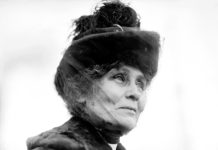



 © 2024
© 2024